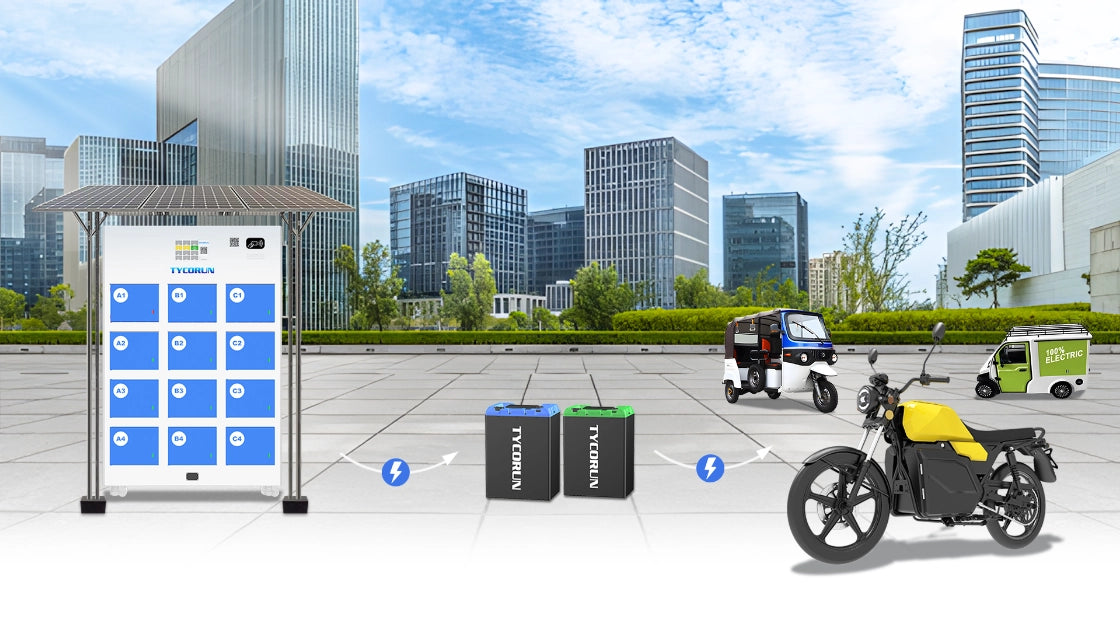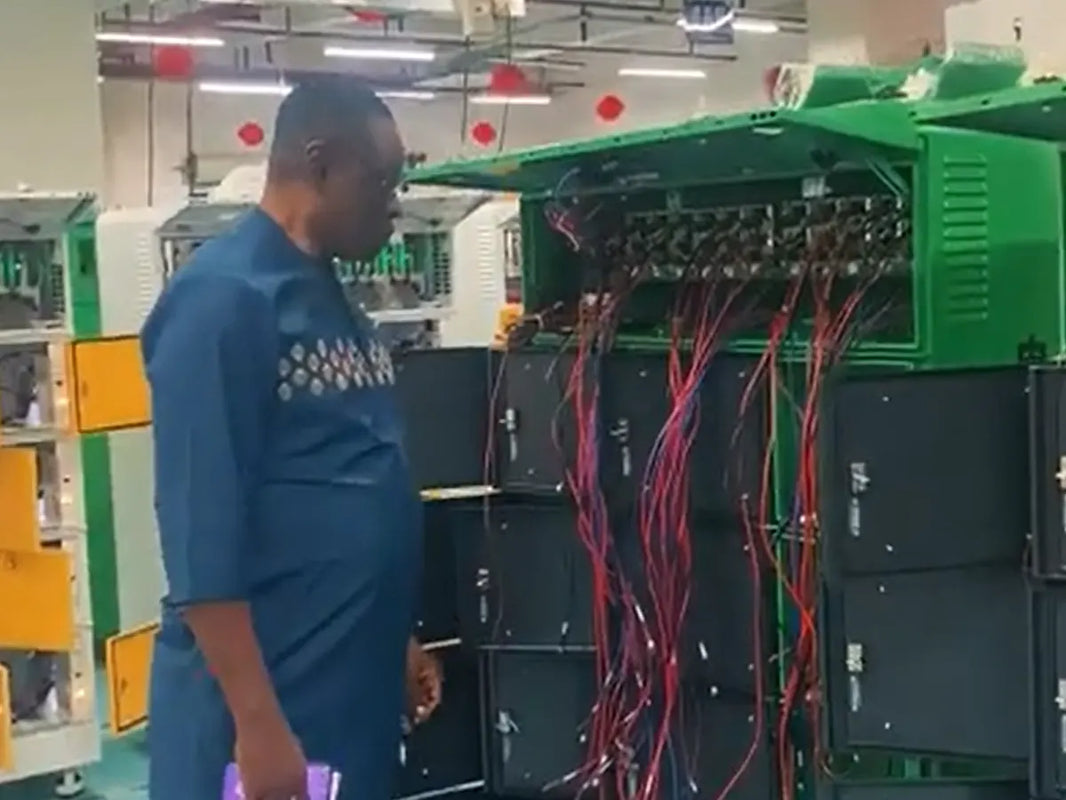
Main content:
Car battery maintenance is essential for reliable vehicle operation and longer battery life. Lead-acid batteries in fuel vehicles and lithium-ion batteries in electric vehicles require proper care to avoid reduced lifespan, starting issues, or safety risks. Understanding battery types, functions, and maintenance is crucial for all car owners.
Car Battery Classification and Function

Starter Batteries in Traditional Fuel Vehicles
A starter battery is a type of energy storage battery designed to provide short bursts of high current needed to start the engine. Proper car battery maintenance ensures that the starter battery delivers reliable energy and supports the vehicle’s electrical systems efficiently.
Starting the engine (starter motor): Providing high current ignition to ensure smooth engine starting.
Maintaining the vehicle's electrical systems: Providing stable power for lights, audio, central control systems, and other systems.
This type of battery is characterized by its low voltage, typically 12V or 24V, and falls into the category of starter batteries. Therefore, it is more accurately classified as an energy storage battery rather than a power battery.
In other words, in a fuel-powered vehicle, the battery primarily serves as an "auxiliary energy source" rather than the vehicle's core propulsion system.
Traction Batteries in Electric Vehicles
A traction battery is a high-capacity, rechargeable battery designed to provide continuous, high-power electricity to drive an electric vehicle’s motor. Unlike starter batteries in fuel vehicles, traction batteries are built to power the vehicle over long distances and support high energy demands during acceleration and sustained driving. Effective car battery maintenance is essential for traction batteries to deliver long-range performance and high-power output.
Power batteries in new energy vehicles have two main functions:
Driving the vehicle's motor: Directly providing high-power electricity, replacing traditional fuel-powered propulsion.
Providing high-capacity electricity: Battery capacity typically ranges from tens to hundreds of kWh and directly determines the vehicle's range.
Furthermore, the battery system of a new energy vehicle is typically divided into two parts:
Main battery pack: A high-voltage lithium-ion battery pack responsible for driving the vehicle.
Auxiliary battery: This is typically a 12V lead-acid or small lithium-ion battery, used to maintain the operation of low-voltage components such as lights, unlocking, and the infotainment system.
How to Perform Car Battery Maintenance for Starter Batteries

Confirm the Charger is "Compatible" with the Battery
Batteries in different vehicle models have different voltages and capacities (12V lead-acid batteries are common). Before charging, it is important to verify that the charger's output voltage and current are consistent with the battery specifications.
If the voltage is too high, the battery may overcharge, evaporating the electrolyte and damaging the plates. If the current is unstable, the battery may be undercharged, leaving it in a "starved" state for a long time and shortening its battery life.
Tip: It is recommended to use the vehicle's original charger or choose a smart charger with overcharge protection for greater car battery safety and peace of mind.
Choose the Right Charging Environment
The choice of charging environment directly impacts safety and efficiency: Prioritize a dry, well-ventilated location. Avoid charging in confined spaces (such as garages) to prevent the accumulation of hydrogen gas released from battery charging system, which can cause dangerous consequences. Keep away from flammable and explosive materials (such as gasoline and lighters).
Avoid operating in rainy or humid environments to prevent short circuits. Avoid extreme temperatures: High temperatures (above 35°C) accelerate the battery's internal chemical reactions, while low temperatures (below 0°C) reduce charging efficiency. It is recommended to charge in an environment between 5°C and 30°C.
Other Tips for Extending Car Battery Life
Regular car battery maintenance keeps the starter battery reliable and extends service life. Driving for short periods of time (less than 10 minutes) and shutting down the engine before the battery has time to fully charge will cause the battery to remain "depleted" over time.
Using electrical appliances with the engine off: Forgetting to turn off lights, air conditioning, or mobile phone charging ports after the engine is turned off will cause the battery to continue discharging, potentially draining overnight. Parking for long periods of time: If the vehicle is left idle for more than a week, the battery will naturally drain.
It is recommended to start the vehicle once a week and idle for at least 20 minutes to recharge the battery, or use a battery charger for regular maintenance. To ensure a long battery life, in addition to proper charging, these essential maintenance details are essential: Regularly check the battery terminals for looseness and oxidation. If there is any oxidation, rinse with hot water, wipe dry, and then apply petroleum jelly to prevent corrosion.
Inspect the battery casing for bulges or battery leakage. If these signs are present, the battery is damaged and needs to be replaced promptly. The warranty period for new car batteries is generally 1-2 years. It is recommended to have the battery capacity tested annually at a 4S dealership or repair shop to detect any problems before they occur and avoid roadside breakdowns.
Car Battery Maintenance Tips for Traction Batteries in Electric Vehicles

Reasonable Charging Schedule
Proper car battery maintenance starts with a smart charging routine. Don't wait until the battery is completely depleted before charging, and avoid overcharging or undercharging. For ternary lithium batteries, try to charge and discharge them shallowly, keeping the battery charge between 15% and 90%.
It is best to avoid charging below 10%, and avoid overcharging for more than two hours continuously. Lithium iron phosphate batteries should be fully charged once a week, keeping the battery charge between 20% and 100%. This is the best way to maintain car battery life.
In hot weather, it's recommended to park the vehicle in an underground garage or a cool location. Before charging, turn on the air conditioner to cool down for about 10 minutes (a battery pre-cooling function is preferred). In extremely cold weather, preheat the battery by plugging in the charger before charging (most models automatically activate this function). If the vehicle is being used after being parked for an extended period, drive it at a low speed for about 5 minutes before gradually accelerating to better protect the battery.
Charging Tips
Always have a qualified person oversee the charging process. Ensure that the plug and socket are in good contact, that the charging equipment is functioning properly, and that all battery pack connections are in good contact. Prioritize using the original charger/cable, and use public fast-charging stations no more than three times per week.
Before charging and discharging, check the battery voltage, temperature, and differential pressure displayed on the BMS(BMS for lithium ion battery) display to ensure all values are within normal ranges. If there is a large amount of dust, metal shavings, or other debris on the battery pack cover and terminals, immediately clean them with compressed air. Avoid using water or wet objects for cleaning. During charging and discharging, try to avoid splashing water or other conductive objects onto the battery cover and terminals, such as when exposed to heavy rain.
Do not use the air conditioner while charging, and avoid resting in the vehicle as much as possible. Using the air conditioner increases the charge load on the battery and reduces its lifespan.
Do not charge immediately after exposure to high temperatures. Charging a vehicle immediately after prolonged exposure to high temperatures may accelerate aging and damage to the vehicle's wiring, potentially posing a fire hazard. It is best to let the vehicle sit for a while to allow the power battery to fully dissipate heat before charging.
Long-term Car Battery Storage Tips
Before long-term storage, ensure the battery or battery pack has a SOC of ≥60%. Store in an ambient temperature between -20°C and 45°C in a dry, ventilated, and cool environment, avoiding direct sunlight, high temperatures, high humidity, corrosive gases, and severe vibration.
After long-term storage, if you notice abnormal battery conditions such as swollen battery, battery cracking, or a voltage below 2000mV, the battery may be damaged. Please contact our technical department immediately for technical support.
Daily Maintenance
Regular car battery maintenance includes checking the battery annually or every 20,000 km at a dealership. If the vehicle is parked for an extended period, maintain the battery charge at around 50%. Start the vehicle every two months for charging and discharging, maintaining the charge at around 60% to ensure the battery remains in good condition.
Conclusion
Car battery maintenance requires a scientific approach tailored to the specific vehicle model and battery type. Fuel-powered vehicles require regular battery testing and avoidance of battery drain. New energy vehicles, on the other hand, rely more on proper battery charging and discharging practices and temperature control.
Maintaining good driving and charging habits, along with regular testing at a professional facility, can effectively improve battery performance and extend its lifespan. This not only ensures driving safety but also maximizes the battery's value.
Related articles: lithium battery charger, car battery recycling, car battery voltages
















